A therapeutic massage is a form of manual work that an Registered Massage Therapist (RMT) can perform to help with specific dysfunctions or pain problems within the human body.
Unlike regular massage therapy – therapeutic massage will address your specific concerns and work with you hands-on to develop a treatment plan that will turn your goals into a reality.
Anyone and everyone can benefit from therapeutic massage, especially those with a particular complaint that they need addressed.
Whether you’re working from home, on-the-go, a weekend warrior or an elite athlete – a therapeutic massage can help you achieve a pain-free, functionally fit and healthy you.
When should I come in for a therapeutic massage?
If you have any pains that you’d need addressing, it would make sense to go for something a bit more specific than just a general relaxation massage.
Examples include but aren’t limited to:
- Low Back Pain
- Arthritis
- Neck Pain
- Disc herniations
- Strains and Sprains
- Whiplash
- Concussion-like symptoms
- Nerve Pain
- Soreness and aches
- Carpal tunnel Syndrome
- Repetitive Strain Injuries
- Shin Splints
- Sports-related injuries
It’s important to let your massage therapist know both in your health history and in person about what you’re coming into the massage for! If you’re not sure about whether your condition is something that can be addressed with manual work – contact us and ask one of our massage therapists for free!
[add a contact button here]
If you’re someone who’s tried factory-like physiotherapy treatments and perhaps 5-minute chiropractic appointments, with little-to-poor results, then therapeutic massage might be the right call for you to permanently get rid of your pains.
You might be wondering – what makes therapeutic massage different compared to a relaxation massage?
Is it just massaging one spot compared to another?
Not quite.
A therapeutic massage includes a thorough assessment of the condition of your muscles, joints and nerves, as well as a health history interview.
Your Massage Therapist may look at any or perhaps even all of the following if necessary:
- Range of motion – how far your neck or arm can move
- Condition and health of your tissue – the several layers of tissue
- The strength and motor capacity of your muscles
- Gait – how you walk
- Posture – while standing, sitting or whatever position you may be in that causes you grief
You may also be asked about your diet, sleep, exercise habits and other valuable information that could indicate what type of treatment may work best for you!
This information is imperative for the therapist to make an informed and rational decision when deciding on the ideal treatment plan for you.
Once all the necessary information has been collected, the therapist can begin the treatment session in the most safe and effective manner possible.
A treatment session may include a few of these techniques:
- General Swedish Massage
- Contemporary Medical Acupuncture
- Dry Cupping
- Nerve Flushing
- Trigger Point Therapy
- Joint Mobilizations
Therapeutic massage works by covering all angles in your road to recovery – not just pure hands-on massage, which usually results in your pain problems resurfacing in a few days.
Weak, inhibited or inactive muscles are trained to work again, while overactive, irritated muscles are calmed down, and once again, retrained to what they’re supposed to do. Your massage therapist may go through remedial exercises with you and recommend some other lifestyle changes to help make permanent changes for the better.

